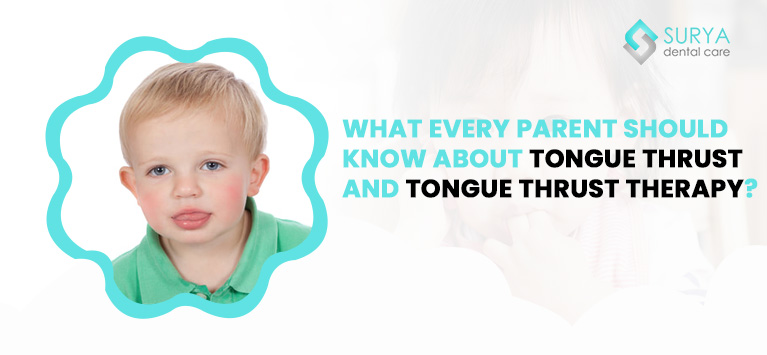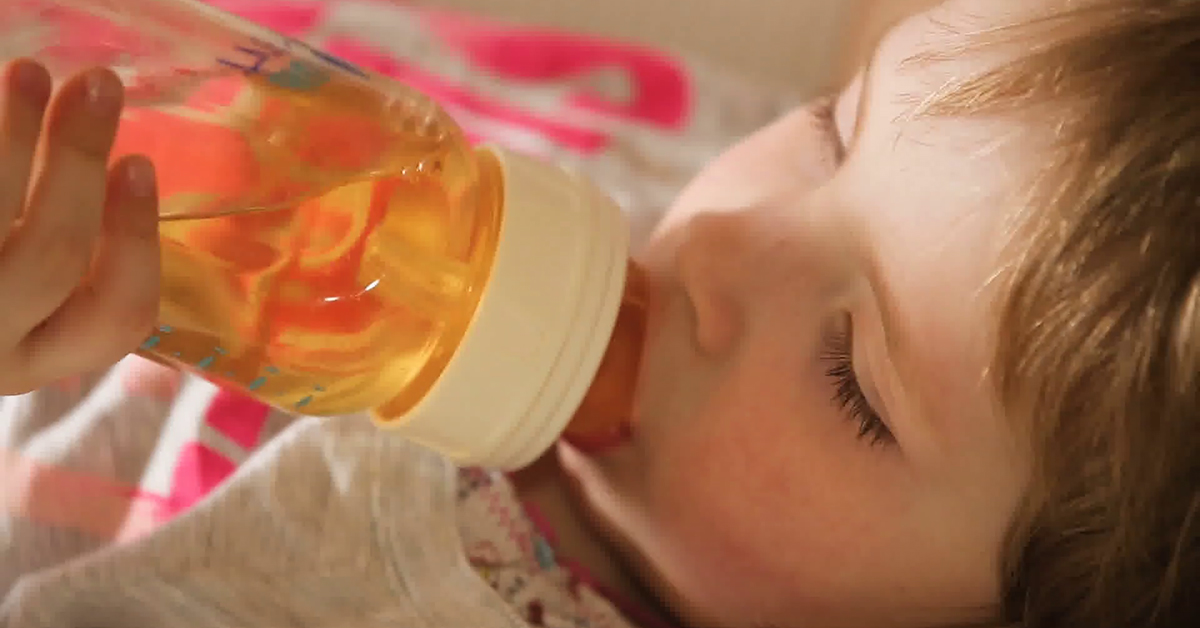Baby skins are the softest skins, but too much saliva can cause irritation and turn into a drool rash when the saliva lasts long in your baby’s chin, neck, and even chest. There is no need to worry, as every baby starts drooling when they begin teething. The best is to keep a cloth so that you can wipe saliva and avoid irritation. Continue reading this blog post to learn what drool rash is and how to treat and prevent drool rash.
What is Drool rash?
The skin around your baby’s mouth may become irritated from its saliva, which dribbles around and stays for an extended period. This irritation causes rashes that are called drool rash, dribble rash, or teething rash.
Drool rash is not contagious and usually not a sign of a severe health problem. However, it can be uncomfortable for your baby and cause pain.
At What Age Does Drool Rash Typically Develop?
Typically, drooling starts in 2-3 months as the baby’s salivary glands begin working, and it increases in 3-6 months when your baby starts teething. As teething can produce more saliva and drooling. Therefore, drool rash typically develops in babies around 3 to 6 months of age when they begin teething. However, in some sporadic cases, the baby may also develop a drool rash in 2-3 months.
What Does Drool Rash Look Like?
- Drool rash appears red and irritated, and sometimes there are bumpy patches of skin around a baby’s mouth, chin, cheeks, and neck.
- The affected area may be dry, flaky, or slightly swollen, and in more severe cases, it can crack or become painful.
- The baby’s skin may also feel warm to the touch.
How to prevent Drool rash?
Drooling is a natural behavior that lasts until the first two years of life, as babies have not fully developed the control of the muscles around their mouth. Also, drooling is a good sign in babies, but we should not let the dribbled saliva stay long around the baby’s skin, as it may cause irritation and lead to a drool rash.
Here’s a detailed explanation of the four common ways to prevent your babies from drool rash,
Keep the area dry
Frequent drool wiping is essential to prevent irritation. Use a soft cloth or absorbent bib to gently pat the baby’s face dry, especially after feeding or when they’re teething. Avoid rubbing the skin, as this can further irritate the sensitive area. Keeping the skin dry helps to reduce the chances of saliva pooling and causing rashes.
Apply barrier creams
Using a protective barrier cream or ointment, such as petroleum jelly or a baby-safe moisturizer, can help create a shield between the drool and the skin. Apply a thin layer around the mouth, chin, and neck, particularly before naps or bedtime, when drooling may increase. This protective layer helps to prevent moisture from breaking down the skin’s natural barrier, reducing the risk of rashes.
Use absorbent bibs
Dressing your baby in absorbent bibs can help catch drool before it reaches their skin and clothing. Choose bibs made from soft, moisture-wicking fabrics, and change them frequently to ensure they stay dry throughout the day. The less contact the baby’s skin has with wet clothing, the lower the chances of developing a drool rash.
Maintain skin hygiene
Regularly clean the baby’s face and neck with warm water and a mild, baby-friendly soap. Pat the skin dry instead of rubbing it. Ensuring good hygiene helps to remove any saliva and food particles that might irritate the skin. After cleaning, moisturize the area to keep the skin hydrated and prevent dryness, which can exacerbate drool rash.
When should Drool Rash visit the pediatrician?
Drool rash is a minor skin irritation that goes away with the prevention methods mentioned above. But in some cases, you need to consult with a pediatric dentist. Those are,
- If the rash doesn’t improve with home care after a few days or becomes more severe.
- If your baby has symptoms like swelling, warmth, pus, or crusting, it could indicate a bacterial infection.
- If your baby shows signs of discomfort, excessive fussiness, or pain related to the rash.
- If the rash spreads beyond the mouth, chin, and neck or becomes more widespread.
A pediatrician can assess the situation and provide appropriate medicated creams or ointments to heal the rash faster and prevent discomfort caused to your baby.
Takeaway
Drool rash can be uncomfortable for your babies at the beginning, but no worries, as drool rash is a minor skin condition that can be treated easily in your household. Also, using a bib can absorb saliva and prevent drool rash. If the drool rash causes more discomfort and spreads to other areas, then you can consult with a pediatric dentist for medicated ointments and creams that heal the drool rash faster and reduce pain.
FAQs
Yes, teething can cause a rash due to increased saliva production. As babies begin to teeth, they often drool more, which can irritate their skin. The combination of moisture and friction from clothing or hands leads to the development of a teething or drool rash.
Teething rash primarily affects areas where drool accumulates, such as the chin, cheeks, and sometimes extending to the neck or chest. It can appear as red patches or bumps and may resemble other skin conditions but is specifically linked to teething and excessive saliva.
To treat and prevent drool rash, keep the affected area clean and dry. Gently wipe away saliva with a damp cloth, then pat dry. Applying a barrier cream like Vaseline can protect the skin from further irritation. Regularly changing wet clothing can also help prevent rashes.
Drool rash typically lasts a few days to a week, depending on the amount of drool and the care taken to keep the area dry. With proper treatment and prevention strategies, the duration can be minimized. If not addressed, the rash may persist longer due to ongoing drooling.
Teething rash is a common condition in infants, characterized by reddish, irritated skin around the mouth, cheeks, and neck. It may also present with chapped skin or rough patches. The rash occurs due to excessive drooling during teething, leading to irritation from constant moisture on sensitive skin.























Leave a Comment